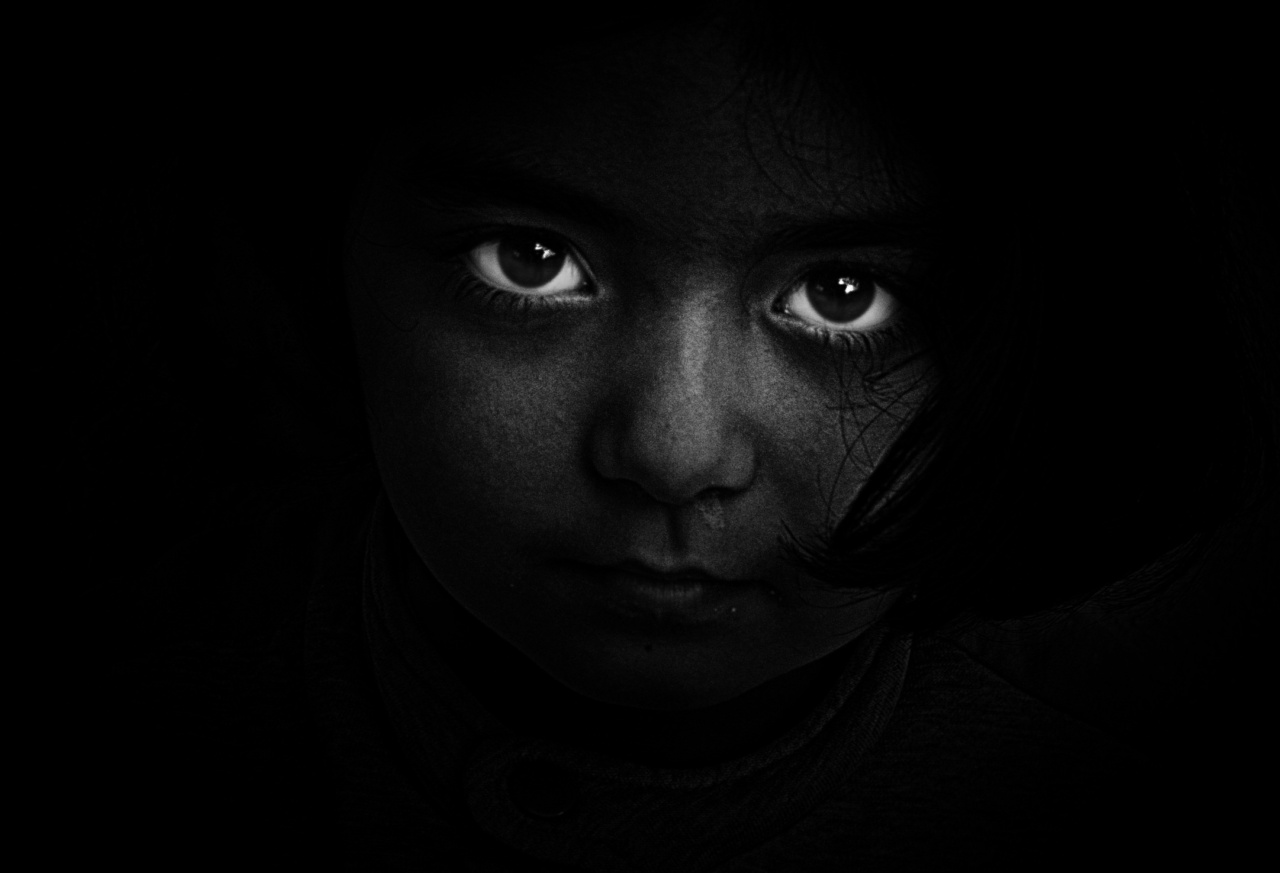Retade is a hidden disability that affects many individuals around the world. This condition is often overlooked and misunderstood, leading to a lack of support and resources for those who suffer.
In this article, we will explore what retade is, its symptoms, causes, and treatment options.
What is Retade?
Retade is a neurological disorder that affects the coordination of movements in the body. Individuals with this condition have difficulty performing smooth and precise movements. They may also struggle with maintaining balance and posture.
Retade is a hidden disability because the symptoms are not always obvious and can be mistaken for clumsiness or lack of coordination.
Symptoms
The symptoms of retade can vary in severity and type. Individuals with this condition may experience:.
- Difficulty with fine motor skills, such as writing or buttoning clothes
- Poor balance and coordination
- Trouble with hand-eye coordination
- Clumsiness and tripping or falling frequently
- Difficulty with gross motor skills, such as jumping or running
Causes
The exact causes of retade are not known. However, it is believed to be caused by a mixture of genetic and environmental factors.
There may be a family history of the condition, and certain medications or illnesses during pregnancy may increase the risk of a child developing retade.
Treatment Options
Currently, there is no cure for retade. Treatment options focus on managing the symptoms and improving quality of life.
Occupational therapy and physical therapy can help individuals develop strategies for performing daily activities and improving coordination. Medications may also be prescribed to reduce anxiety and tremors.
Challenges of Living with Retade
Living with retade can be challenging for individuals and their families. The symptoms of the condition can make it difficult to participate in certain activities, such as sports or playing an instrument.
Social isolation and low self-esteem are also common among individuals with retade.
Support and Resources
It is important for individuals with retade and their families to seek support and resources.
Organizations such as the National Organization for Rare Disorders (NORD) and the International Essential Tremor Foundation provide education, advocacy, and resources for individuals with retade and their families. Support groups and online forums can also provide a sense of community and understanding.
Conclusion
Retade is a hidden disability that affects many individuals around the world. The symptoms of this condition can be mistaken for clumsiness or lack of coordination, leading to a lack of support and resources.
It is important for individuals with retade and their families to seek out support and resources to manage the challenges of this condition.




























